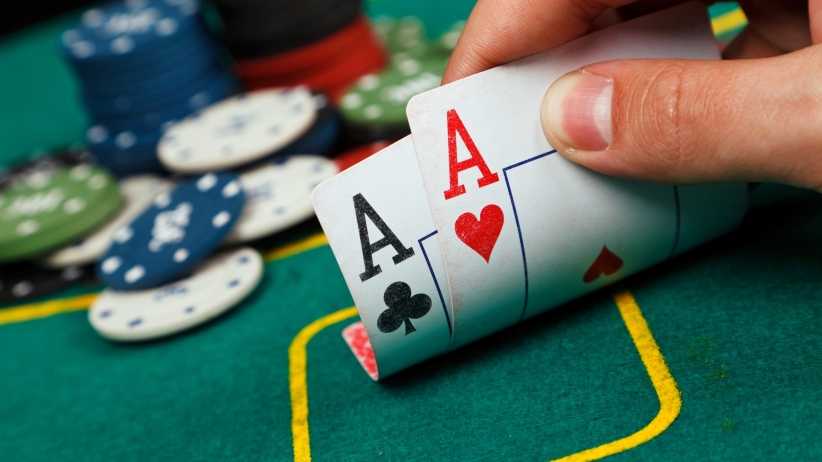A good estimate for low disabled and frequent golfers is to change the set of irons every about 300 rounds, or 4 to 5 years. It will keep the club from breaking out in areas where you frequently hit a ball and keep you updated on technical improvements.
Golf clubs have an extremely long life. It takes a great deal to break a club; there are plenty of people out there using 10-year-old irons. So they’re not going to dissolve in your fingers at contact. However, if you don’t replace your irons at least five times, you’re choosing to leave a lot of potential for improved performance on the table. At ten years, it’s like giving your opponent an additional stroke aside in a $5 Nassau. Compared to your present irons, today’s irons are quicker and far more accommodating. Axles, even stock pits, have improved as well. If you don’t want to pay the full price of the new set, visit a used-club retailer like Global Golf and look for a set that’s only 2 – 3 years old. Global Golf also offers the U-Try program, which allows you to try various sets for a small price before buying a particular choice. Oh, but twice a month is not something that we’d describe as “only.”
Signs That Your Clubs Should Be Replaced
You’ll immediately discover when your clubs have to be replaced. When newer irons or your clubs frequently beat, you begin to show visible signs of decline; you know it is time to invest in a new set. From below mentioned points you will know when to replace golf irons.
Overall Situation
Damaged grips, a dented pole, and a missing ferrule are easy to replace and do not necessitate repair.
When the overall condition of your irons shows evidence of considerable wear and tear, a lot of chipping and scrapes on the contact area of the face, or other signs that cannot be rectified by changing the component, it’s time to take a look at what’s offered.
Productivity Decrease
Your clubs will decrease the efficiency with time, and when they can’t hit the ball as far as you used it to, can’t push the ball more than you used to, or lose spin qualities due to groove degradation, it’s time. To replace them! It is feasible to get your clubs regrooved, but you should be aware that this is only a stopgap measure.
Other Justifications for Replacing Irons
Numerous changes will happen during your golfing career that may demand the repair of your irons. As you become older, you usually lose distance, but contemporary devices can assist you in regaining it.
Changes in Swing
Every golfer undergoes a swing adjustment or two throughout their career to accommodate for their enhanced swing, enhance their swing, or adapt to certain physical limits that have snuck in.
To get as much out of these swing alterations, you may need to alter the clubs you’re using.
Technological Progress
Technology advances add forgiveness and, to some degree, distance, keeping you competing. Suppose you’re experiencing trouble with a specific aspect of your game. In that case, it’s a good idea to look into new technology to see if you can remedy the problem without having too many swing modifications.
Ironing Supplies Cleaning
A smart way to start is by washing and maintaining your clubs regularly. Excess dirt on the clubface can cause scratches, dents, and other grooves. Wiping your clubface with a moist cloth after each shot, polishing the grooves, and thoroughly drying it will help to reduce injury. Remember to clean the grip and guarantee that you can handle the club throughout your swing.
The Advantages of Replacing Irons
Because of the improved technology produced, new irons are likely to help you in different areas.
Regions that gain most from the enhancements are:
- Enhanced spin and distance
- Augmented flow ability and touch
Unfortunately, this can be expensive, or the used club trade-in market does not provide the highest return. This makes it possible for golfers to investigate the used market on a limited budget. A good time to investigate this is shortly after the debut of a new line of irons, but keep in mind the vintage of the clubs you wish to buy.






